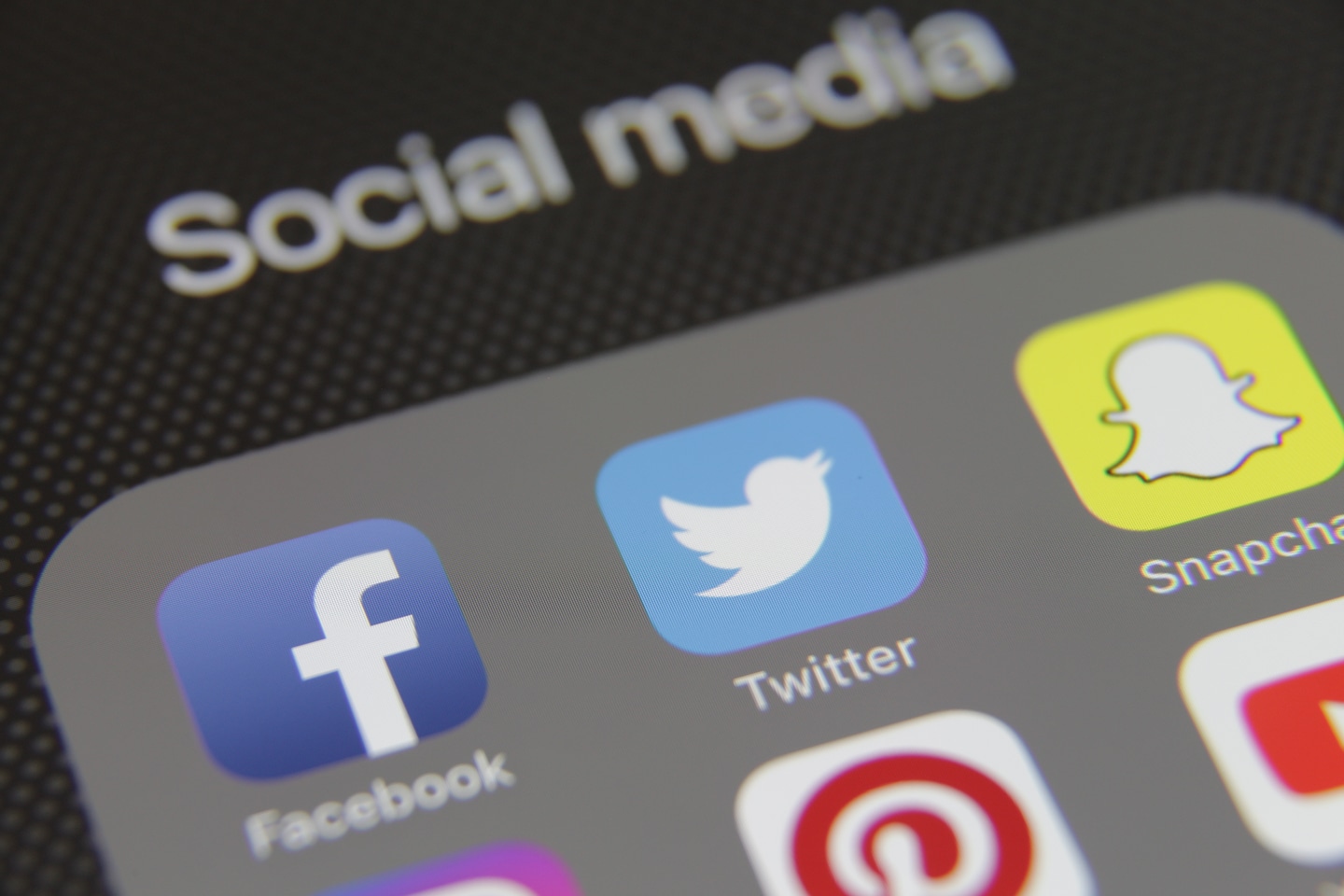Last summer, Dabney Rauh, a 26-year-old content creator who had amassed nearly 50,000 Instagram followers on her Instagram account dedicated to the 2000s, decided to sign up for a Twitter account. She was growing quickly on Instagram, where she had been posting for two years, and wanted to expand her reach in case the app ever changed its algorithm or released an update that made it harder to connect with her audience.
Followers are a valuable currency. Who should own them?

A year later, she has exactly 15 Twitter followers. She’s tried everything: reposting Instagram content on Twitter, interacting with larger accounts, posting organic content. She had a little more luck with TikTok but has still managed to amass only about 700 followers there. “The most important thing for me with Instagram has been building this community and online friends, Rauh said. “I wish I could spark that community elsewhere.”
A new collective is aiming to help creators like Rauh do just that. The new group, called My Friends My Data Coalition (MFMD), is a group of start-up founders working to push tech giants to adopt a new industry-wide standard that would allow users to transfer their followings from one app to another, thereby creating more competition between platforms.
“Large social media companies are intentionally holding our personal contact information hostage,” said Daniel Liss, founder and CEO of Dispo, a photography-based social network. “This limits consumer choice, stymies competition and inhibits free speech. We are committed to giving our community members control of their friend data.”
A content creator’s most valuable asset is their following, but it’s also the one thing that is not easily transferrable. They can encourage fans to find them elsewhere, but there’s no way to take your Instagram followers, for instance, and port them over to TikTok.
As Rauh and other creators have discovered, it’s difficult to alert your audience manually. On TikTok, users have taken to referring to other apps like Instagram and YouTube using “algospeak” pseudonyms, because they say even uttering the name of a competitor can downrank your content.
MFMD’s founding members include a who’s who of buzzy social apps like Dispo, Itsme, Clash App, Muze, Spam app and Collage, which together have received more than $100 million in venture funding and amassed tens of millions of downloads. The group has issued letters to Meta, TikTok, Snap, Twitter and other large social platforms calling on them to join their crusade.
As the start-ups have found, competing with tech giants like Meta or YouTube is difficult when the top talent on the Internet is essentially locked in to specific platforms because of their inability to take followers elsewhere.
Many creators are already on board with MFMD’s initiative. Some learned lessons about ownership the hard way after the fall of Vine. Many top Vine stars were overleveraged, investing all their energy in building out their following on the short-form video platform. When the app shuttered in 2016 those who hadn’t used Vine to springboard to other apps like YouTube were left without access to the massive fandoms they had built.
“There is so much talk right now about these legacy platforms ‘prioritizing’ creators,” said Brendon McNerney, founder and CEO of Clash App and former Vine creator. “If platforms truly want to prioritize us, then the best thing they can do is allow us to move our fans between platforms. Each platform offers their own outlet for creativity and connection with fans — this is not a zero-sum game.”
Liss, the ringleader of the MFMD, has a background in politics. He did stints in President Barack Obama’s White House and State Department, Mayor Mike Bloomberg’s City Hall, and Sen. Hillary Clinton’s office. His prior start-up, Bama Covered, marshaled hundreds of students to enroll thousands of people across Alabama in health-care coverage under the Affordable Care Act. He said that in addition to putting public pressure on the tech giants he hopes the MFMD can be a political force as well. “I’m very comfortable engaging in the political process on behalf of what we think is right,” Liss said. “Not just for our companies but also for the next generation of consumer start-ups.”
Liss cited the Telecommunications Act of 1996, which allowed consumers to port their phone numbers over from one carrier to another, as a watershed moment that boosted competition and gave consumers more choice. In this case, rather than deregulating an industry, members of the MFMD are hoping to push legislation and ballot measures to support their efforts and allow smaller social media start-ups to compete against the incumbents.
In the meantime, many creators rely on a patchwork of services promising to give influencers a more direct line to their audience. Jessica Naziri, a technology and lifestyle content creator in Los Angeles said she started an email newsletter. “At the end of the day, I want ownership,” she said. “It’s about making sure my audience will follow me from channel to channel.”
Jeremy Jacobowitz, an Instagram influencer in Brooklyn with more than 434,000 Instagram followers said that while he broadly supports the goals of the MFMD, he prefers to build separate and unique audiences on each platform. “The most ideal thing for me is to grow organically on all these platforms,” he said. “While my audience on Instagram is in their late 20s, my audience on TikTok is much younger. TikTok has given me the opportunity to reach younger people. That, to me, is much more valuable than pushing all my Instagram followers to TikTok.”
Eugene Park, a gaming Twitch streamer in Los Angeles with 300,000 followers, said that what MFMD is trying to do “is idealistic” but that if they were able to pull it off “it would level the playing field a lot.”
“It would be taking power from the tech companies and putting it in the hands of creators who really make up these giant platforms,” he said. “The creators are the reason why people spend all day on Twitch.”






